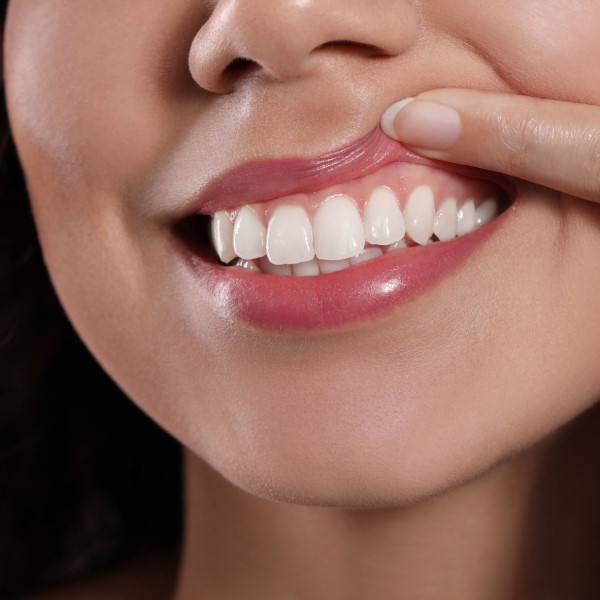Composite Laminate
Composite laminates, one of the most often used laminate techniques in cosmetic dentistry, are a very protective treatment option since they can be administered without damaging the natural teeth of people who have the application. This procedure, which is used to address minor cosmetic issues on the teeth, may be performed in a relatively short period of time. Human teeth have a calcium-based bone structure. Because of congenital features or later environmental variables, teeth may cause some discomfort. Teeth are crucial to both oral health and a person’s smile. Teeth with deteriorating physical structure might harm a person’s oral health as well as prohibit grin aesthetics from the outside. Laminate veneers made of composite material cover the exterior of the teeth. However, because it is so thin and of natural tooth color, it is not apparent that it is an outside coating. It has the look of a natural tooth. Composite lamina may be used for a long time. It has a very sturdy build.
The composite laminate veneer surgery typically takes 1 to 1.5 hours to complete, while treatment duration varies based on the number of teeth to be treated. Direct Composite Veneer restorations are a form of composite resin laminate that may be put directly to the teeth. It can be used in a single clinic session. The application procedure, rather than the substance utilized, distinguishes Indirect Composite Lamina, indirect, and direct composite coatings. Indirect composite laminates are created in a dental laboratory and attached to the patient’s teeth in the next session. This process produces laminates that are more resistant to abrasion and breakage than direct application.
Composite Laminate Features
- In terms of color and appearance, laminate veneer is one of the closest veneer varieties to natural teeth. When natural colors are chosen, artificial colors are extremely difficult to identify.
- It has an appealing look.
- In terms of usage, there is no routine that differs from real teeth in the stages after treatment.
- It has a wear-resistant structure.
- In practice, the chosen adhesives create chemical bonding between the tooth and the glass ceramic framework.
- Anesthesia may not be needed.
- It does not fade when exposed to tea, coffee, or acidic liquids.
- Before the end of the treatment, it is possible to see the final version of the application with an example.
- The fact that it is more economical than porcelain laminate is one of the reasons why composite laminate is frequently preferred.
Date:
November 5, 2022






